Homemade moth repellent – get rid of moths, naturally
You can make your own moth repellent using herbs and essential oils. It's easy to do and more sustainable than products sold in-store
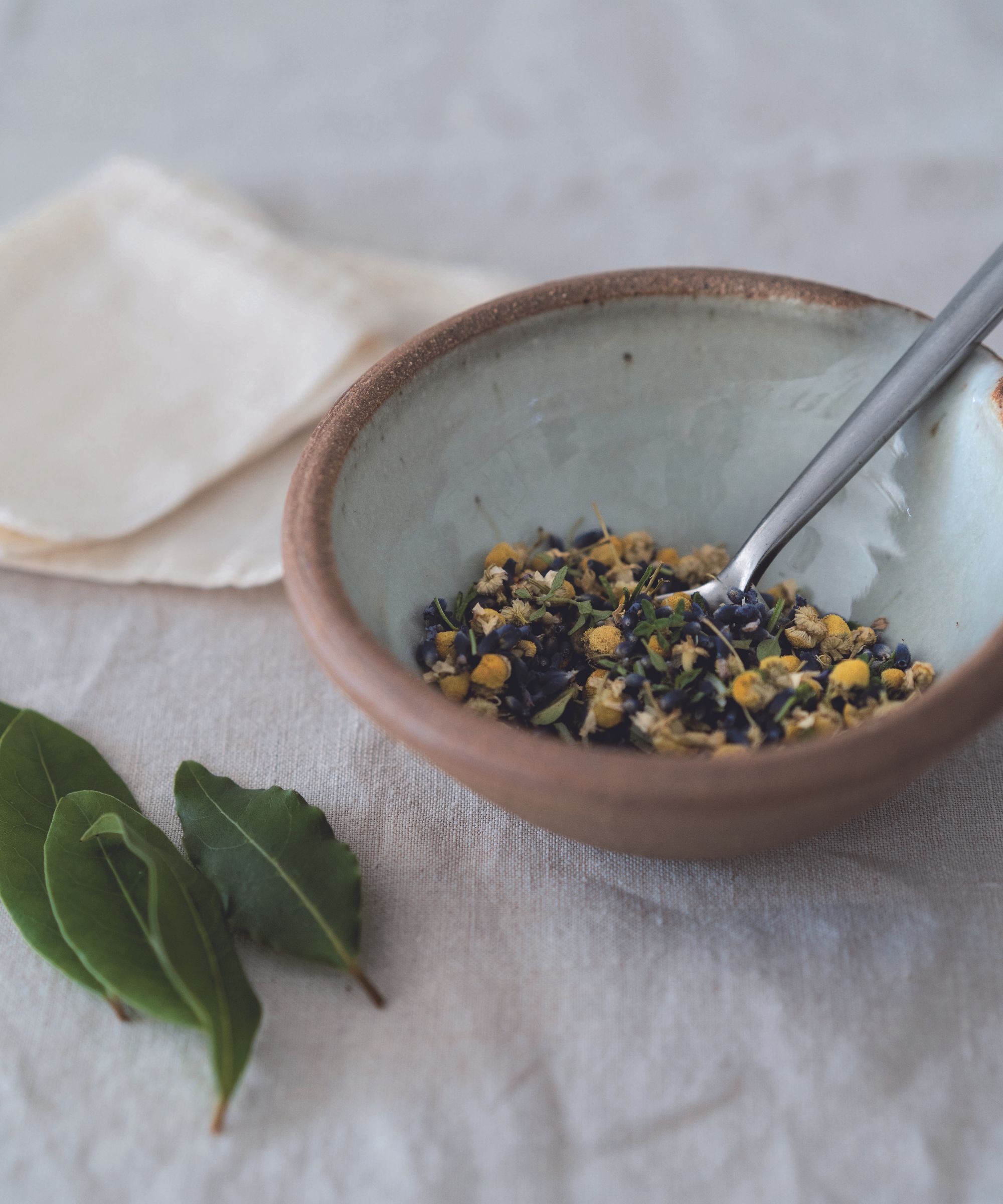

We love the idea of homemade moth repellent – not just because the sachets look and smell so beautiful, but because they can be created so easily and in a far more environmentally-friendly way than store-bought ones can. And, they can help you get rid of moths naturally.
If you are into homemade bug spray, you will want to discover how to make this recipe by author Jen Chillingsworth.
'One of the easiest ways to prevent moths from taking up residence in your closet is to make your own repellent bags,' says Jen. 'Moths detest the aromas of strong herbs like lavender, rosemary, bay and thyme. You could gather bunches of these herbs from your garden, hang them in a dark place for some weeks to dry out and then make up these sachets to put in your wardrobe, cupboards and drawers.'
This homemade moth repellent recipe makes four to six sachets.
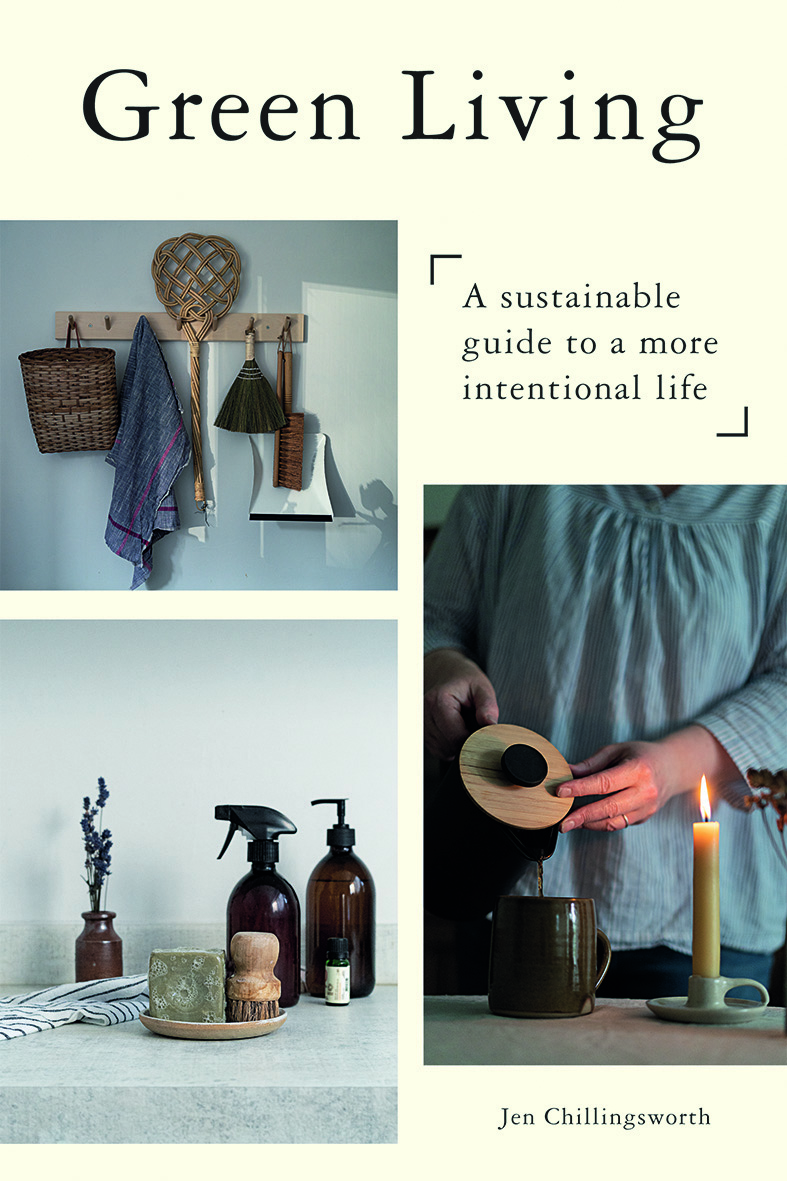
Jen Chillingsworth is the author of Green Living: A Sustainable Guide to a More Intentional Life. Green Living is follow up to her best-selling book Live Green. Her second book is a practical guide to living life more thoughtfully, and includes a collection of changes you can make to your home and lifestyle over the course of a year, from making your own cleaning products to giving up plastic.
Homemade moth repellent – an easy step-by-step
Many of the ingredients for these non-toxic mothball alternatives may already be in your pantry. You may even be able to gather many of the ingredients from your own herb garden ideas. 'If you don’t have any herbs in the garden, you can easily find dried ones online or ask a neighbour for some from their garden,' says Jen.
You will need:
- 1 large bunch of dried lavender stems
- 1 large bunch of dried thyme stems
- 1 large bunch of dried rosemary
- 1 large bunch of dried chamomile (Ed: Amazon sells a range of dried aromatic herbs)
- 1 bowl and spoon
- Reusable organic cotton bags (Ed: Amazon sells Organic Cotton Produce Bags that are reusable and biodegradable)
- 4-6 dried bay leaves
- Lavender essential oil (optional) (Ed: This is Amazon's top selling lavender oil)
1. Gather and combine the herbs
Strip the flowers from the dried lavender, chamomile and the leaves from the thyme stems and put them in the bowl. Strip the needles from the rosemary sprigs and add them to the bowl. Leave the bay leaf for now. Mix well.
2. Bag the mixture
Scoop the mix into the reusable bags and add one bay leaf to each bag.
3. Add the essential oil
Add a few drops of lavender essential oil, if using.
What smells keep moths away?
Moths are repelled by the smell of aromatic herbs, including lavender, thyme, rosemary, chamomile, bay, cloves and mint, all of which can be added to cotton bags to keep them away from clothes. Like mosquito repellent plants, these herbs' strong scents are too overpowering for them.
What keeps moths away naturally?
Homemade moth repellent will keep moths away naturally. Follow our recipe above by combining aromatic dried herbs, such as lavender, thyme, rosemary, chamomile and bay, and adding a touch of lavender oil before putting them in cloth bags that can be placed in drawers and closets.
Sign up to the Homes & Gardens newsletter
Design expertise in your inbox – from inspiring decorating ideas and beautiful celebrity homes to practical gardening advice and shopping round-ups.

Lucy Searle has written about interiors, property and gardens since 1990, working her way around the interiors departments of women's magazines before switching to interiors-only titles in the mid-nineties. She was Associate Editor on Ideal Home, and Launch Editor of 4Homes magazine, before moving into digital in 2007, launching Channel 4's flagship website, Channel4.com/4homes. In 2018, Lucy took on the role of Global Editor in Chief for Realhomes.com, taking the site from a small magazine add-on to a global success. She was asked to repeat that success at Homes & Gardens, where she has also taken on the editorship of the magazine.
-
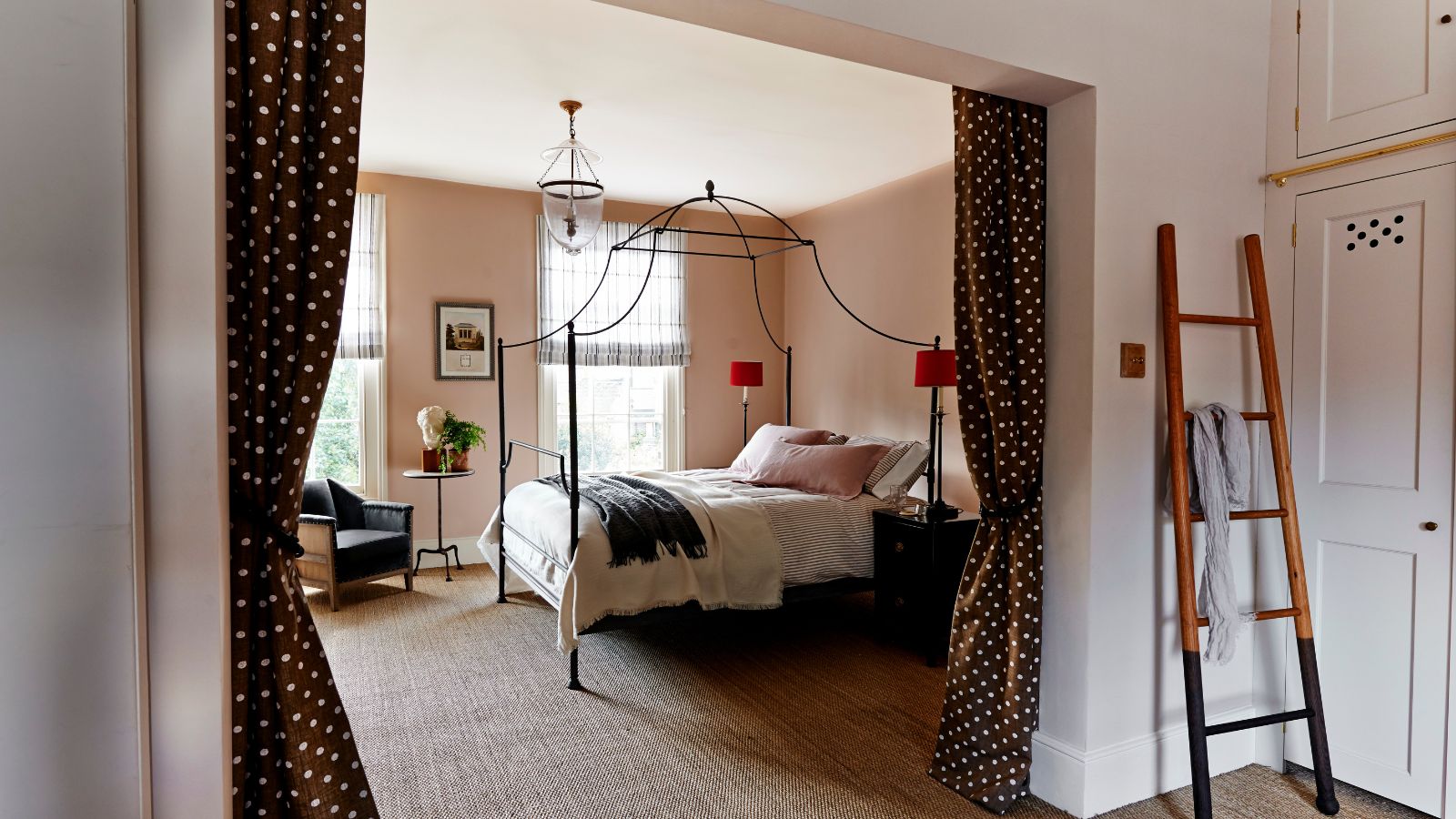 Stripes move over, I have surprised myself by deciding to decorate with dots instead – and designers agree they can be far more sophisticated than you might think
Stripes move over, I have surprised myself by deciding to decorate with dots instead – and designers agree they can be far more sophisticated than you might thinkThey might be known for their playfulness, but I've seen a whole new sophisticated side of this whimsical print
By Eleanor Richardson
-
 Isabella Rossellini's European-designed chef's knives are currently $65 off – and these luxury cooking tools have been around for over 200 years
Isabella Rossellini's European-designed chef's knives are currently $65 off – and these luxury cooking tools have been around for over 200 yearsThese stunning German-made knives have a rich history, including being used in the Conclave actress's kitchen – and they're now on sale at Wayfair
By Sophie Edwards
-
 7 dorm room organizing rules for less clutter and more space
7 dorm room organizing rules for less clutter and more spaceExperts offer their top tips for creating a well-organized dorm room, no matter the size, space, or layout.
By Ashley Chalmers
-
 How to maximize storage in a small or shared dorm room, according to pro organizers
How to maximize storage in a small or shared dorm room, according to pro organizersFind out all the hidden storage zones you might never have noticed
By Ashley Chalmers
-
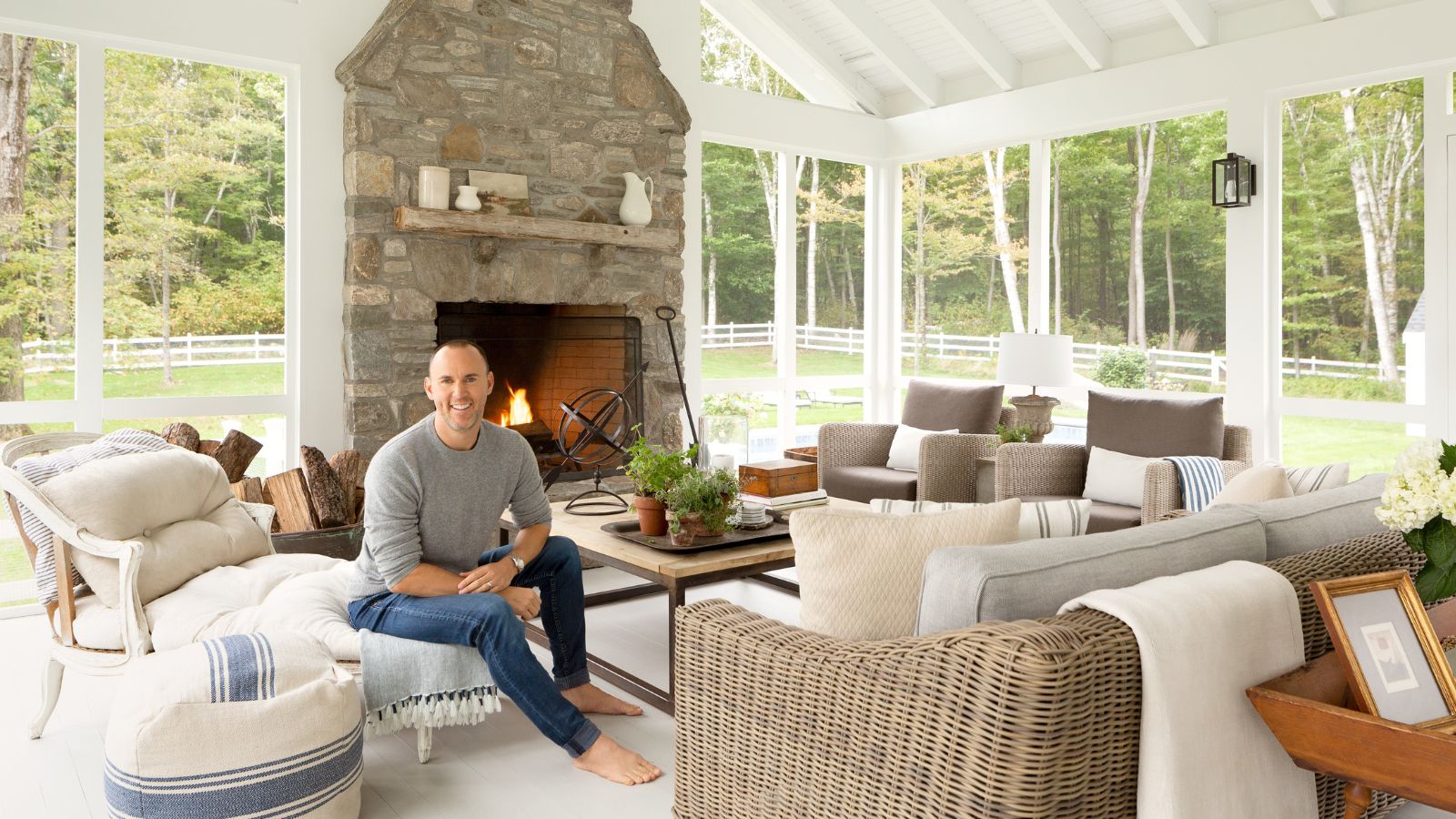 How I encourage my clients to make sustainable choices in their interior design
How I encourage my clients to make sustainable choices in their interior designAs an interior designer, I'm aware that I must push for sustainable decor whenever I can. Here, I explain four ways that anyone can be more sustainable with their choices
By Joshua Smith
-
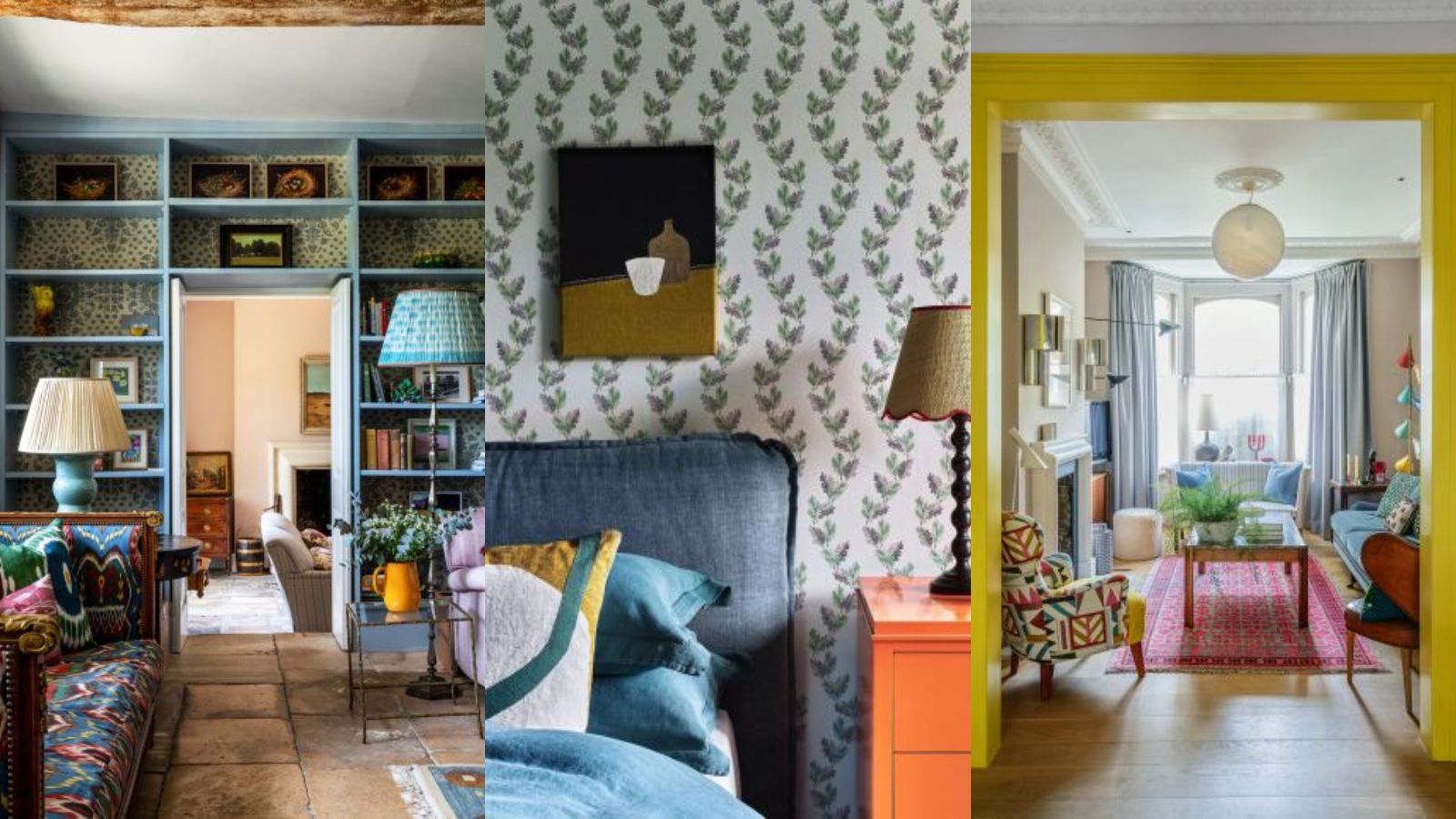 6 clever ways to upcycle leftover decorating materials – to save money and be more eco-friendly
6 clever ways to upcycle leftover decorating materials – to save money and be more eco-friendlyUsing up leftover decorating materials can result in a more layered interior, too
By Kate Burnett
-
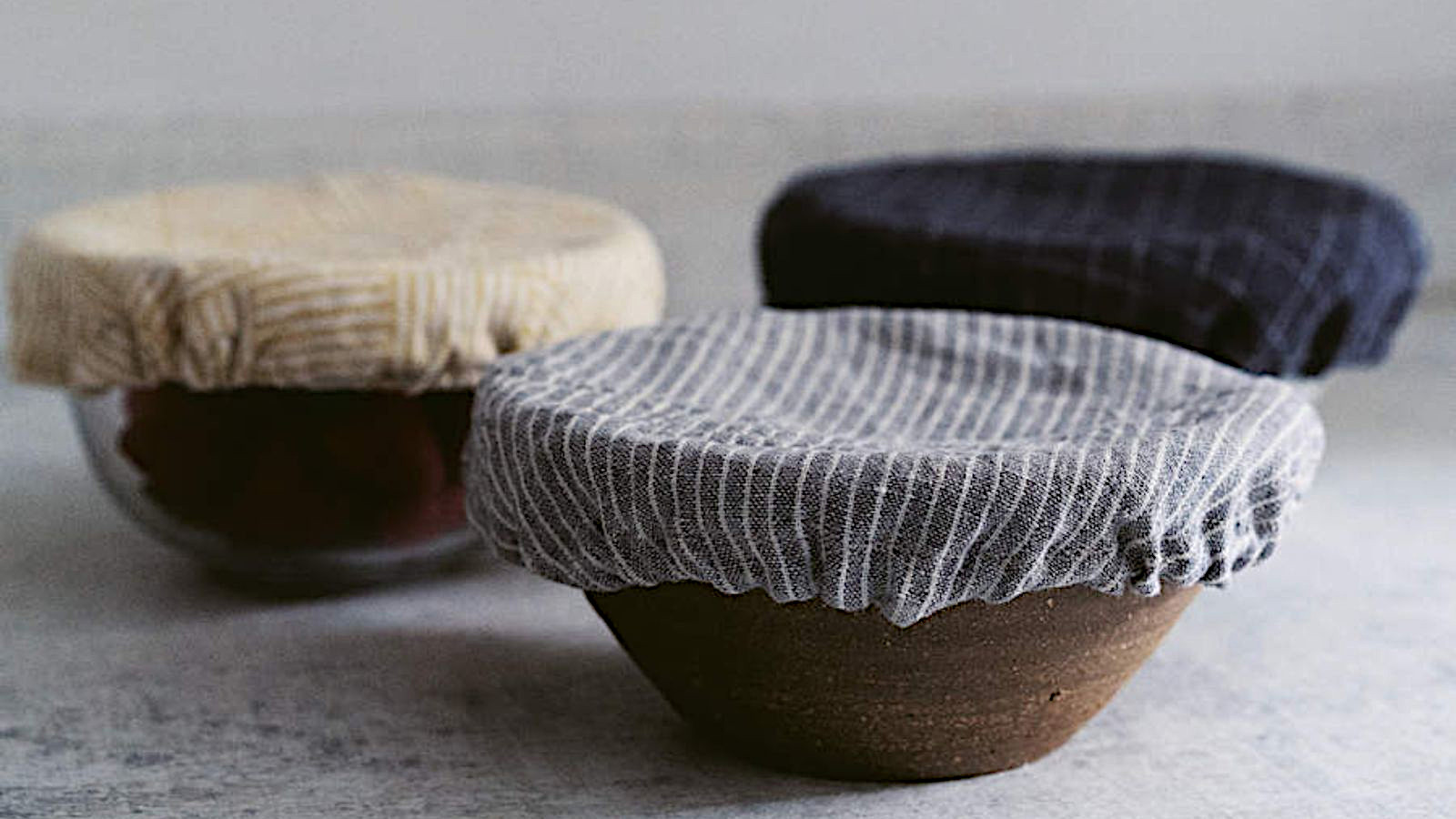 How to make bowl covers – easy steps with upcycled fabrics
How to make bowl covers – easy steps with upcycled fabricsMaking bowl covers will mean no more covering food with plastic, and pretty-looking bowls on the countertop
By Lucy Searle
-
 Eco decor – 10 beautiful, sustainably-designed room ideas
Eco decor – 10 beautiful, sustainably-designed room ideasThere is an alluring organic luxury about these eco decor schemes – all crafted with pieces focused on being natural
By Kiera Buckley Jones
-
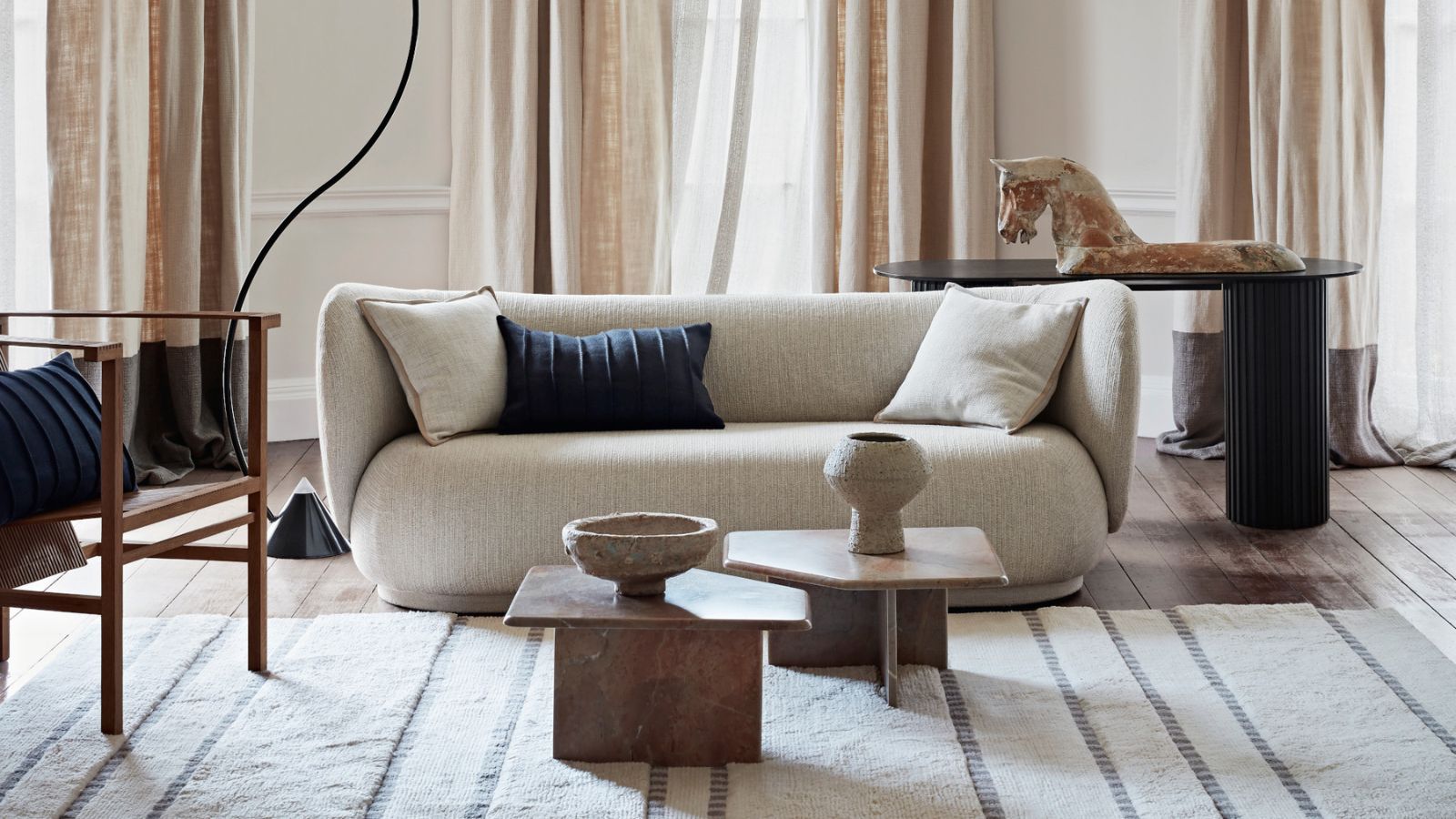 British Style: de le Cuona
British Style: de le CuonaWe find out more about fabric firm de Le Cuona and its landmark range of organic, fully traceable linen
By Arabella Youens
-
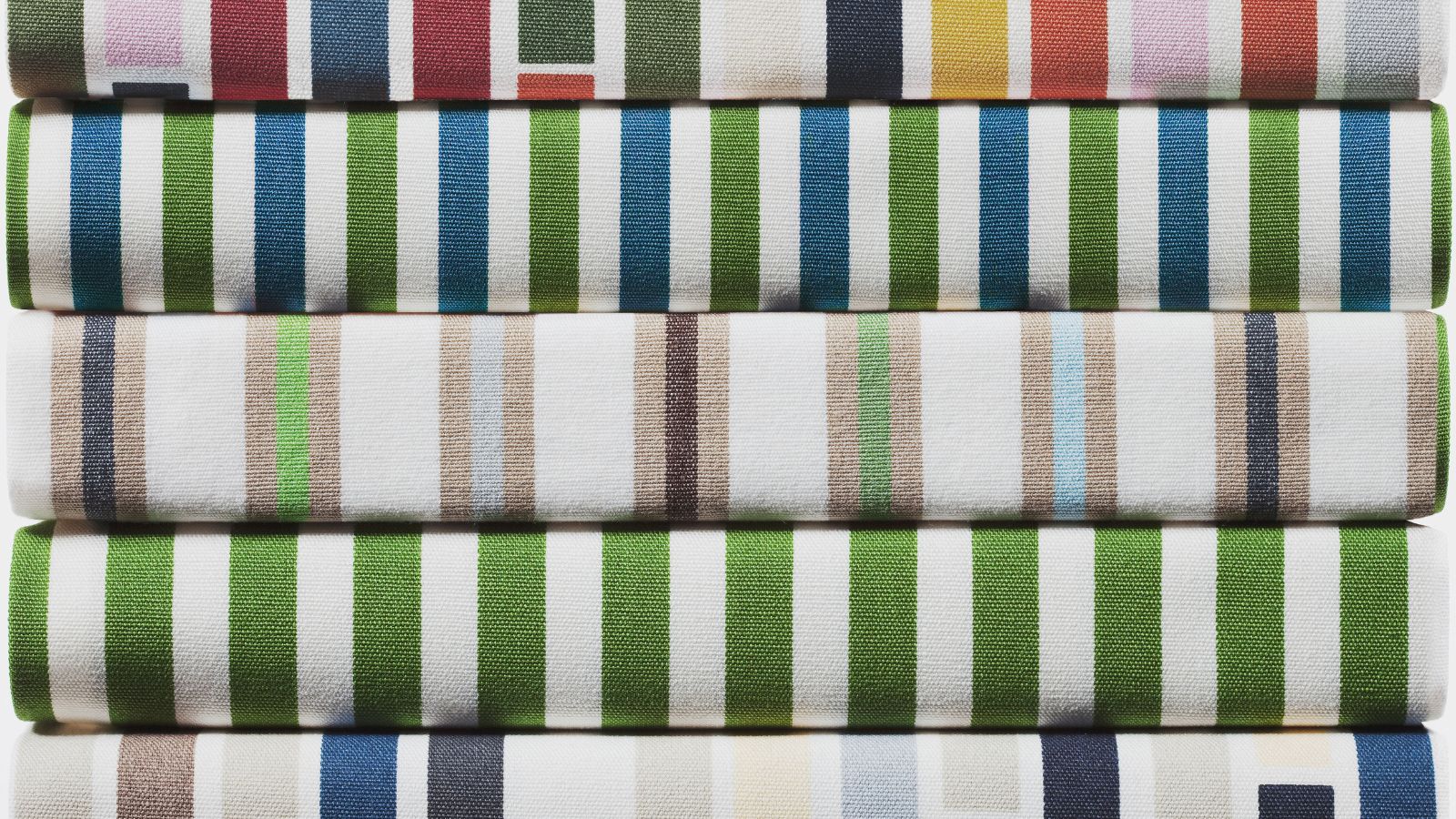 Sustainable fabrics – the fibers to look for and questions to ask
Sustainable fabrics – the fibers to look for and questions to askRecycled textiles expert Jules Haines advises buying sustainable fabrics for your interiors project
By Lucy Searle